Oviparous Snakes: A Fascinating World of Egg-Laying Reptiles
Introduction:
Snakes, a diverse and intriguing group of reptiles, employ various reproductive strategies, one of which involves laying eggs. Oviparous snakes, which constitute a significant portion of snake species, deposit eggs that hatch outside the mother’s body.
This article explores some prominent oviparous snakes, shedding light on their characteristics, habitats, and the unique aspects of their egg-laying reproductive strategy. Following are some Oviparous Snakes:
1. Ball Python (Python regius):
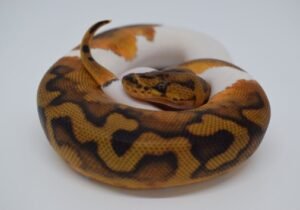
-
Size:
3-5 feet
-
Habitat:
Native to West and Central Africa, dwelling in grasslands and savannas.
-
Reproductive Strategy:
Oviparous; the female lays a clutch of eggs that hatch outside her body.
-
Distinctive Features:
Known for their docile nature, striking patterns, and the ability to curl into a ball when stressed.
2. Corn Snake (Pantherophis guttatus):

-
Size:
3-5 feet
-
Habitat:
Indigenous to North America, ranging from New Jersey to the Florida Keys and west to Louisiana.
-
Reproductive Strategy:
Oviparous; the female lays eggs in concealed locations, and the offspring hatch independently.
-
Distinctive Features:
Vibrant colors, ease of handling, and popularity among snake enthusiasts.
3. Garter Snake (Thamnophis spp.):

-
Size:
1-4 feet
-
Habitat:
Distributed across North America, often found near water sources.
-
Reproductive Strategy:
Oviparous; females lay eggs in nests, and the young hatch after an incubation period.
-
Distinctive Features:
Varied color patterns, adaptability to different environments, and a preference for aquatic habitats.
4. Eastern Diamondback Rattlesnake (Crotalus adamanteus):

-
Size:
3-6 feet
-
Habitat:
Native to the southeastern United States, often found in pine forests and coastal plains.
-
Reproductive Strategy:
Oviparous; the female deposits a clutch of eggs in a concealed location, and the offspring hatch outside her body.
-
Distinctive Features:
Largest venomous snake in North America, recognized by diamond-shaped patterns and a rattling tail.
5. Green Tree Python (Morelia viridis):
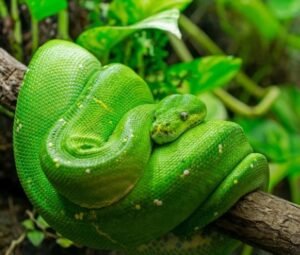
-
Size:
4-6 feet
-
Habitat:
Native to New Guinea, Indonesia, and Australia, residing in rainforests and tropical areas.
-
Reproductive Strategy:
Oviparous; the female lays eggs, and the hatchlings emerge after an incubation period.
-
Distinctive Features:
Arboreal lifestyle, bright green coloration, and a prehensile tail for gripping branches.
6. Black Rat Snake (Pantherophis obsoletus):

-
Size:
3-6 feet
-
Habitat:
Found throughout North America, residing in a variety of environments including forests and farmlands.
-
Reproductive Strategy:
Oviparous; females lay eggs in rotting vegetation or other suitable locations.
-
Distinctive Features:
Slender body, excellent climbing abilities, and a tendency to mimic rattlesnake behavior.
Understanding the reproductive strategies of oviparous snakes adds a layer of complexity to the fascinating world of these reptiles. From the humble garter snake to the majestic Eastern Diamondback Rattlesnake, each species contributes to the rich tapestry of biodiversity with its unique adaptations and behaviors.
Learn more about Popular Pet Snakes.

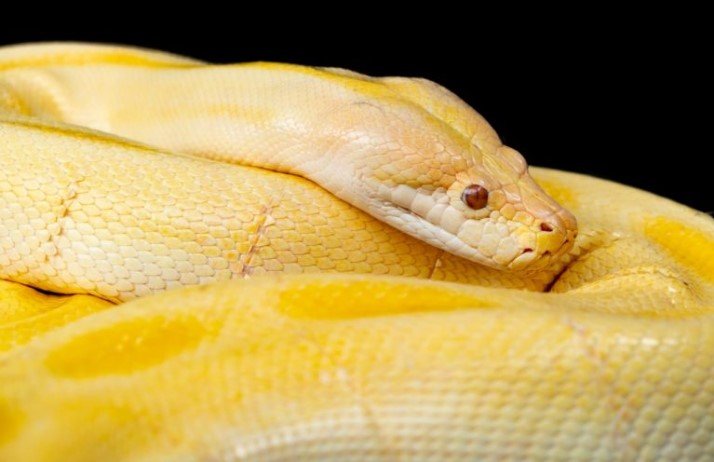
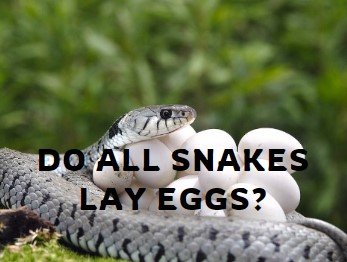
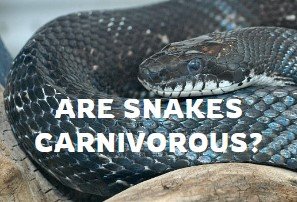

Leave a Reply